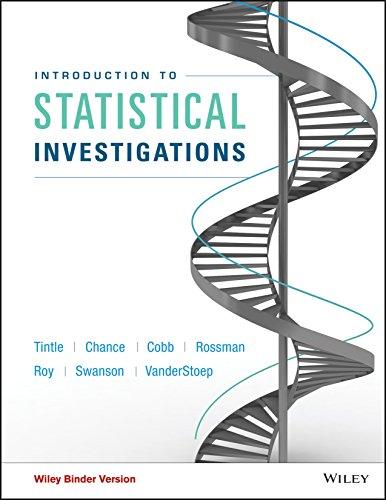Question
1. Circle the answer that you think is correct. a) Could a star that had 30 times the mass of the Sun when it was
1. Circle the answer that you think is correct. a) Could a star that had 30 times the mass of the Sun when it was on the Main Sequence end up as a:
i) White Dwarf?
ii) Neutron Star?
iii) Black Hole?
b) Could a star with a core two times the mass of the Sun end up as a:
i) White Dwarf?
ii) Neutron Star?
iii) Black Hole?
c) A star had 10 times the mass of the Sun when it was on the Main Sequence. At the end of its life it has a core with a mass 1.5 times the mass of the Sun. Explain what happened to the rest of the mass and why.
2. Which effect has been successful in the search for and identification of black holes in the universe?
a) Their magnetic fields and their influence on nearby matter.
b) The effect of their angular momentum or spin on nearby matter.
c) The light emitted from the event horizons of the black holes.
d) Their gravitational influence on nearby matter, particularly companion stars.
3. What would happen to the gravitational force on the Earth if the Sun were magically replaced by a 1 solar-mass black hole?
a) It would double in strength.
b) It would be much less, because the gravitational field of a black hole exists only very close to it.
c) It would remain as it is now.
d) It would become extremely high, sufficient to pull the Earth into it.
4. The most probable theory for the solar system's formation is
a) the gravity of the Sun captured objects moving through space which then became the planets
b) gas and dust clouds condensed to form the Sun and a protoplanctary disk in which the planets formed
c) condensation of a slowly contracting nebula of hot gas. first into planets in the outer solar system and later into the Sun at the center
d) an encounter in which a passing star ripped material off the Sun to form planets c) the heavy elements in the center of a supernova explosion condensed to form the Sun and planets
Step by Step Solution
3.39 Rating (158 Votes )
There are 3 Steps involved in it
Step: 1
1 a Black hole b Neutron star c The relationship between brightness and mass has serious implication...
Get Instant Access to Expert-Tailored Solutions
See step-by-step solutions with expert insights and AI powered tools for academic success
Step: 2

Step: 3

Ace Your Homework with AI
Get the answers you need in no time with our AI-driven, step-by-step assistance
Get Started


